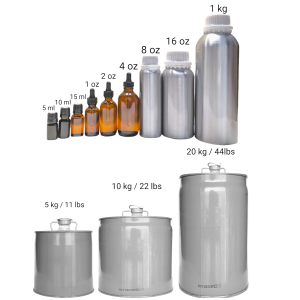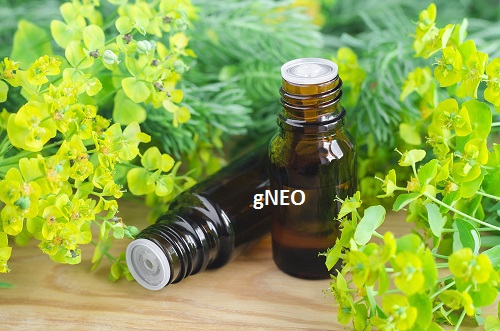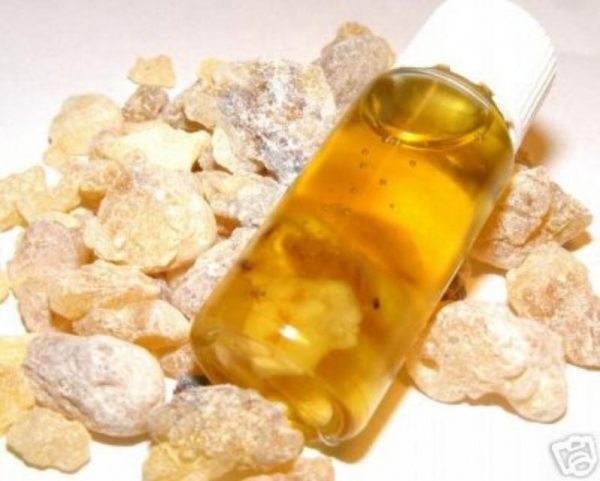Wintergreen essential oil is a popular aromatic oil that is derived from the leaves of the Gaultheria fragrantissima plant, commonly known as Eastern Teaberry, Checkerberry, or Wintergreen. The plant is native to North America and has been traditionally used by Native American tribes for its medicinal properties. Wintergreen’s benefits have been lauded by medical practitioners for centuries, who used it widely, both as a balm, and as a local anesthetic. In the nineteenth century, it was viewed as something of a cure-all, one such preparation known as the Swain Panacea. Many a doctor and pharmacist have made their fortunes selling preparations based on wintergreen, and wintergreen essential oil is still actively listed in the United States Pharmacopeia. That said, there are many fake wintergreen essential oils on the market, so care should be taken to ensure you are purchasing from a reputable source. The fake examples have roughly the same concentration of methyl salicylate, but none of the other components that make wintergreen so special. Nearly all true wintergreen essential oil is grown and produced in China, Tibet and Nepal.
Botanical Name: Gaultheria fragrantissima
Plant Part: Leaves
Extraction Method: Steam distilled
Odor and Appearance: Wintergreen essential oil typically has a pale yellow or light pinkish color.
County of Origin: China
Main Constituents: The main constituent of wintergreen essential oil is methyl salicylate. Other minor constituents found in wintergreen essential oil may include small amounts of various compounds such as alpha-pinene, beta-pinene, myrcene, delta-3-carene, limonene, and others. These compounds contribute to the overall aroma and potential benefits of the oil. However, methyl salicylate remains the primary and most significant constituent in wintergreen essential oil.
Common Uses: It is often used in topical pain-relief products, such as muscle rubs and ointments, due to its ability to help alleviate muscular and joint pain. When applied to the skin, methyl salicylate can produce a warming sensation, which helps soothe sore muscles and ease discomfort.
Note: Wintergreen essential oil is classified as a top note in aromatherapy.
Blend Well With: Wintergreen essential oil blends well with a variety of other essential oils, creating delightful aromatic combinations that can enhance its therapeutic properties. It blends very well with Peppermint, Eucalyptus, Lavender, Lemon, Cypress, Frankincense, Tea tree
The essential oil is obtained through a process of steam distillation from the leaves of the wintergreen plant. It has a refreshing, minty, and slightly sweet aroma, similar to the scent of wintergreen candies. The main active compound in wintergreen oil is methyl salicylate, which is responsible for its distinctive smell and therapeutic properties.
Here are some common uses and benefits of wintergreen essential oil:
Pain Relief: Wintergreen oil is renowned for its analgesic properties, making it a popular natural remedy for alleviating muscular and joint pain. It can be used topically as a massage oil to soothe sore muscles, strains, and arthritis.
Anti-inflammatory: The oil has anti-inflammatory properties that can help reduce inflammation and swelling in the affected areas when applied topically.
Aromatherapy: Wintergreen essential oil is used in aromatherapy to create a refreshing and uplifting atmosphere. Its minty aroma can help alleviate stress and promote relaxation.
Respiratory Support: Inhaling the scent of wintergreen oil may offer some respiratory benefits, as the aromatic compounds can help clear the airways and ease congestion.
Skin Care: Wintergreen oil is sometimes added to skincare products due to its antimicrobial properties, which can help combat acne and skin infections. However, it should always be used with caution and diluted properly to avoid skin irritation.
Insect Repellent: The strong aroma of wintergreen oil can act as a natural insect repellent, keeping mosquitoes and other insects at bay.
Contraindications: Despite its various benefits, wintergreen essential oil should be used with caution. It is incredibly potent and contains a high concentration of methyl salicylate, which can be toxic if ingested in large quantities. Therefore, it should never be ingested or used undiluted on the skin. It is always essential to dilute wintergreen oil with a carrier oil (like coconut oil or jojoba oil) before applying it topically.
If you are pregnant, nursing, have sensitive skin, or have any underlying health conditions, it’s best to consult with a qualified aromatherapist or healthcare professional before using wintergreen essential oil. Additionally, always purchase essential oils from reputable sources to ensure you’re getting a pure and high-quality product.
Note – Few containers do not come with Child Resistant Closure and thus not suitable in household with children.
For large quantities please contact us via our phone number or through the Contact Us page.
Please call us for expedited shipping options.
Like us on Facebook









Erika (verified owner) –
Great smelling wintergreen!
Anonymous (verified owner) –